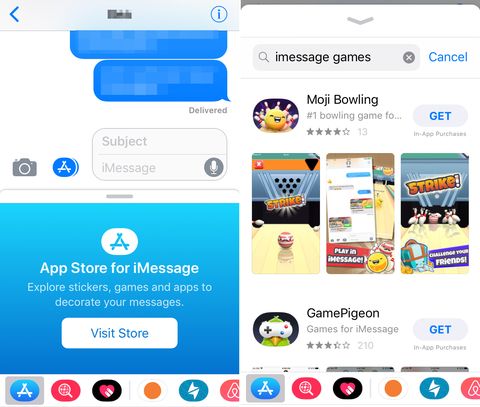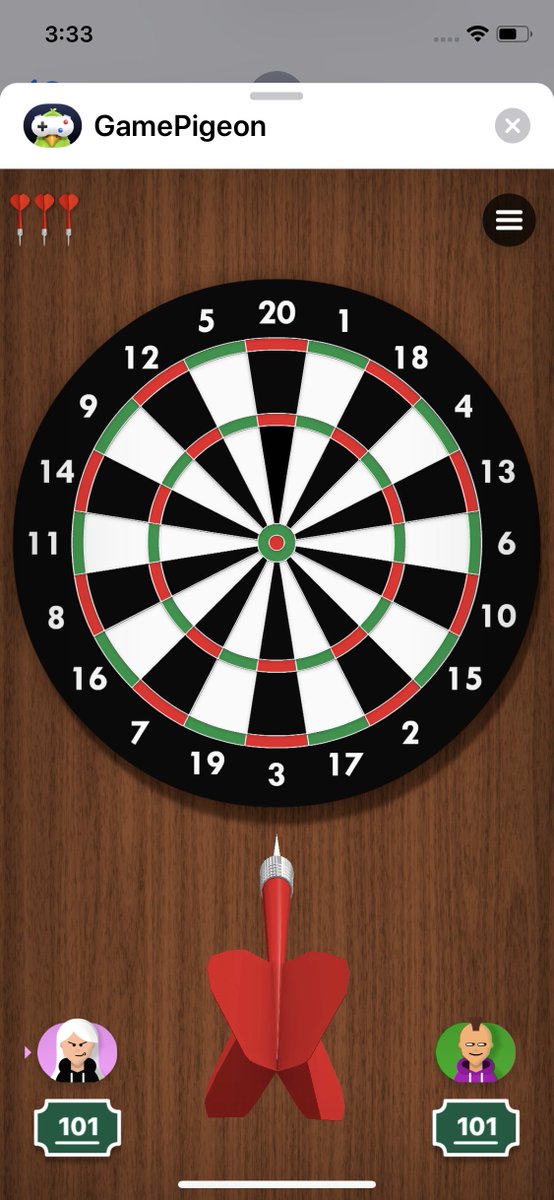Pigeons have better eyesight than humans do and have been trained by the US Coast Guard to spot orange life jackets of people lost at sea. They also carried messages for the US Army during World Wars I and II. (Credit: iStockphoto)
My problem was that I had the site working for a while with the sessions working right, and then all of the sudden everything broke. Apparently, your sessionsavepath, for me it was /var/lib/php5/, needs to have correct permissions (the user running php, eg www-data needs write access to the directory). Game pigeon on Android and iPhone is an interesting game not just for kids but also for grown up people who like playing games. In this post I will guide you on how to download.
Pigeons can categorize and name both natural and human-made objects—and not just a few. The birds in a new study categorized 128 photographs into 16 categories.
The finding suggests a similarity between how pigeons learn the equivalent of words and the way children do, according to Ed Wasserman, professor of psychology at the University of Iowa and corresponding author of the study.
“Unlike prior attempts to teach words to primates, dogs, and parrots, we used neither elaborate shaping methods nor social cues,” Wasserman says of the study, which appears online in the journal Cognition. “And our pigeons were trained on all 16 categories simultaneously, a much closer analog of how children learn words and categories.”


For researchers like Wasserman, who has been studying animal intelligence for decades, this latest experiment is further proof that animals—whether primates, birds, or dogs—are smarter than once presumed and have more to teach scientists.
“It is certainly no simple task to investigate animal cognition; But, as our methods have improved, so too have our understanding and appreciation of animal intelligence,” he says.
“Differences between humans and animals must indeed exist: many are already known. But, they may be outnumbered by similarities. Our research on categorization in pigeons suggests that those similarities may even extend to how children learn words.”
Peck the symbol
Wasserman says the pigeon experiment comes from a project published in 1988 and featured in the New York Times in which University of Iowa researchers discovered pigeons could distinguish among four categories of objects.
This time, the researchers used a computerized version of the “name game” in which three pigeons were shown 128 black-and-white photos of objects from 16 basic categories: baby, bottle, cake, car, cracker, dog, duck, fish, flower, hat, key, pen, phone, plane, shoe, tree.

The birds then had to peck on one of two different symbols: the correct one for that photo and an incorrect one that was randomly chosen from one of the remaining 15 categories. The pigeons not only succeeded in learning the task, but they also reliably transferred the learning to four new photos from each of the 16 categories.
Smarter than your average bird
Pigeons have long been known to be smarter than your average bird—or many other animals, for that matter. Among their many talents, pigeons have a “homing instinct” that helps them find their way home from hundreds of miles away, even when blindfolded.
They have better eyesight than humans do and have been trained by the US Coast Guard to spot orange life jackets of people lost at sea. They carried messages for the US Army during World Wars I and II, saving lives and providing vital strategic information.
The researchers say their expanded experiment represents the first purely associative animal model that captures an essential ingredient of word learning—the many-to-many mapping between stimuli and responses.
“Ours is a computerized task that can be provided to any animal, it doesn’t have to be pigeons,” says psychologist Bob McMurray, a coauthor of the study. “These methods can be used with any type of animal that can interact with a computer screen.”
How children learn
McMurray says the research shows the mechanisms by which children learn words might not be unique to humans.
[related]
“Children are confronted with an immense task of learning thousands of words without a lot of background knowledge to go on,” he says. “For a long time, people thought that such learning is special to humans. What this research shows is that the mechanisms by which children solve this huge problem may be mechanisms that are shared with many species.”
Wasserman acknowledges the recent pigeon study is not a direct analogue of word-learning in children and more work needs to be done. Nonetheless, the model used in the study could lead to a better understanding of the associative principles involved in children’s word learning.
“That’s the parallel that we’re pursuing,” he says, “but a single project—however innovative it may be—will not suffice to answer such a provocative question.”
National Institute of Mental Health, National Eye Institute, and National Institute of Deafness and Other Communication Disorders supported the research.
How To Fix Game Pigeon
Source: University of Iowa